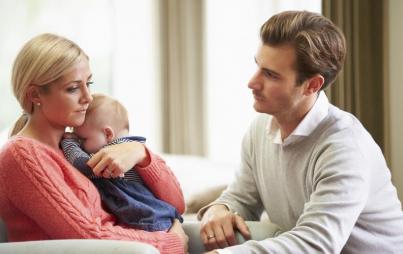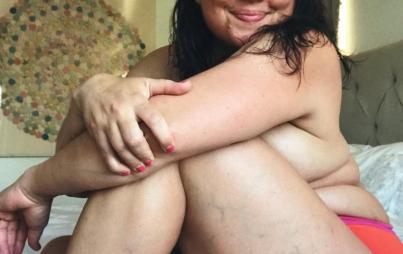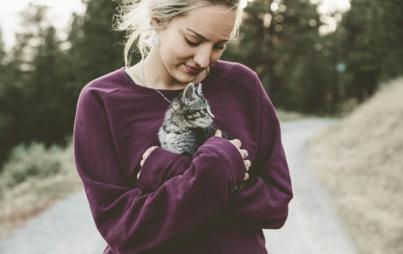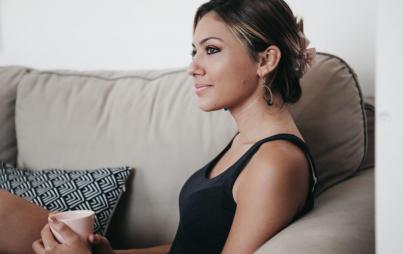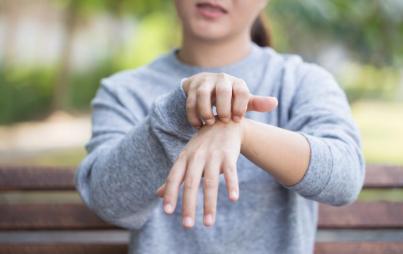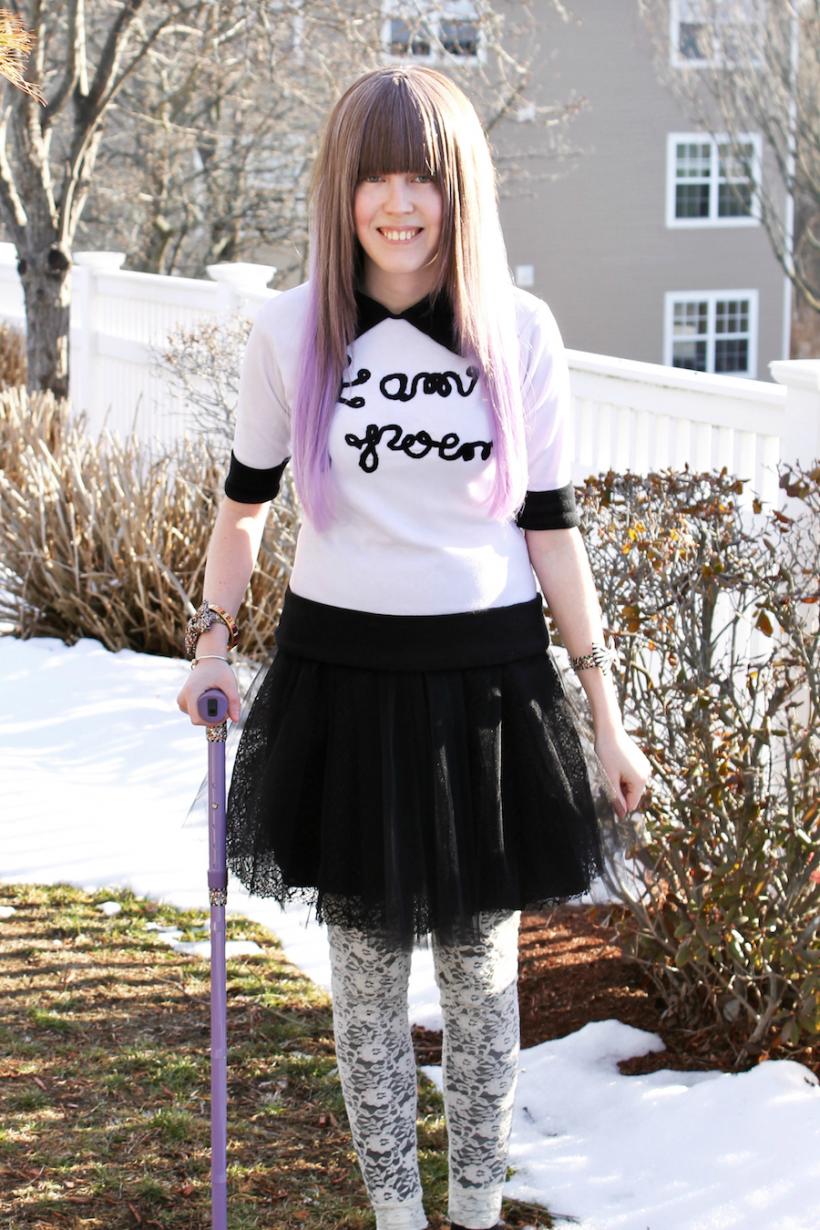
The author pictured with their glitter cane. Follow them on IG @alainaskeys
I was four-years-old and in preschool. It was balance beam day. We all lined up, and each of us walked across the wooden plank that was a few inches off the ground, one foot in front of the other. When it was my turn, I tried to make my legs do what everyone else’s did. It looked easy for them, effortless. Instead, I lost my balance and fell off the beam. My teacher was patient and, with a smile, told me to give it another try. Up on the beam, my legs twisted around each other and didn’t have the strength to support me. I lost my balance and fell.
That was the first time I noticed that my body was different from other people’s.
It was the first time that my disability felt visible. At four-years-old, my parents didn’t yet know that I have several connected disabilities, which cause low muscle tone, poor balance, difficulty walking and standing, poor motor skills and coordination, difficulty regulating body temperature, ataxia, a curved spine, joint and muscle pain, and a few other symptoms. Some of this was inherited — my dad likes to tell the story of what it was like watching my mom try to ride a bicycle around a graveyard, how he “couldn’t watch” because he was terrified she would fall onto to a tombstone.
I’ve walked the line between visibly and invisibly disabled my entire life.
In the first fourteen years of my life, my disability was extremely obvious. I couldn’t walk down the stairs one foot at a time, I couldn’t hold a pencil or utensil properly, I sometimes wore leg and arm braces or walked with forearm crutches, and I was always in physical therapy. Once I grew out of the playing hide-and-seek phase of my life, my disability was really only apparent in gym class or if you were paying attention to the way I walked or the number of times I’d have to hold onto something to steady myself before sitting down.
Body image with a disability is complicated, whether your disability is visible, invisible, or somewhere in the gray area. I resisted mobility aids for most of my childhood and teen years. I didn’t want a cane, a wheelchair, or a walker to define me or my interactions, and my internalized ableism told me that fitting in (which also, by our society’s standards, for someone assigned female at birth means: white, thin, cisgender, and straight) was more important than accommodating my needs.
Even though I’ve been engaged in disability rights activism for several years, consider myself an intersectional feminist, and have been attracted to a number of disabled people, I fell right into the trap of internalized ableism. Before getting my cane, I worried: “Will my girlfriend still find me attractive? Am I as sexy as I was before?”
Last August, after over two years of thought, I finally got the cane that I badly needed. I could tell the difference immediately — I could walk more easily, stand on the train or bus with less difficulty (when I couldn’t get a seat), navigate crowded spaces more smoothly, and keep up with a long day’s worth of travel with less pain and exhaustion.
The cane didn’t just make my travel easier, though. Once I started using it, I became immediately visible, or as visible as you can be in a chaotic city like Boston where busy commuters walk right over a wheelchair user’s legs as if they aren’t even there. People stood up to give me their seat on the train most of the time. They noticed me coming and made space for me on the street — but also stared long after I’d passed by. Men didn’t catcall me anymore, and if they did, I could tell it was in jest, the kind of vitriol that’s common when your body doesn’t meet society’s expectations for beauty.
Once, when I ignored a man on a bench who called, “Hey beautiful,” he shouted, “So are you deaf, too?” as I tried my best to walk quickly away. Before the cane, I’d occasionally be approached by single men who asked me on a date or for my number, especially at a bar or nightclub. Once I started using my cane, the number of guys who did this dropped from around five or seven a month to zero. I got compliments on my cane’s bright color and the glitter fabric I decorated it with, but most compliments were from women.
As a queer person who’s in a committed relationship, it wasn’t as if I wanted single men to try to pick me up on the Boston Common — but the difference was sudden, and illuminated something I already knew about disability and desirability.
Disabled bodies are often desexualized. Disabled people are assumed to be non-sexual, that we don’t want to have romantic relationships or sex, and often that we can’t (“Can you have sex?” and “How do you have sex?” are common questions that abled people ask). Even though I’ve been engaged in disability rights activism for several years, consider myself an intersectional feminist, and have been attracted to a number of disabled people, I fell right into the trap of internalized ableism. Before getting my cane, I worried: “Will my girlfriend still find me attractive? Am I as sexy as I was before?”
One of my best friends, Katie, is a wheelchair user who loves to say, “People in wheelchairs are sexier.”
That’s the kind of radical self-love for our disabled bodies that the disability community needs and conventional beauty standards reject.
Katie’s words echoed in my mind as I fitted myself for a cane, learning how to walk with it, and imagining people’s responses in real time. Her sentiment lives in movements like Keah Brown’s viral hashtag #DisabledAndCute, which prompted people with a wide variety of disabilities, including people with intersecting marginalized identities, to post pictures of themselves on Twitter with pride.
When I first got my cane, a part of me was worried about how I’d be labeled, how people would write me off as “the girl with the cane.” I had been reduced to labels before, as someone who is queer and trans/non-binary, but I’d also found a way to express myself in a loud, immediately visible way that superseded all other assumptions: Through how I dress.
I hope that it makes strangers think twice about disabled folks, that they realize that we can be confident, fashionable and funky, and that we can’t be reduced to the minor amount of stereotypes often represented by mainstream media. Disabled people are often taught from a young age to hide, to fit in, and to mold to our environment as much as possible.
Nicknames like “The Tutu Girl,” “The Rainbow Girl,” and “The Girl with Purple Hair,” followed me around from age 12 until the present. These were things I chose, to be known and notable for my fashion sense as soon as I walk into a room. It’s the kind of style I naturally love, but it also helps that it defines me immediately. People would see my tulle skirts, glitter shoes, and bright purple hair, and that’s what they would use to identify me, not my disability, my gender identity, or my sexual orientation. Now, with a cane, my fashion sense and my mobility aid both immediately define me.
I hope that it makes strangers think twice about disabled folks, that they realize that we can be confident, fashionable and funky, and that we can’t be reduced to the minor amount of stereotypes often represented by mainstream media. Disabled people are often taught from a young age to hide, to fit in, and to mold to our environment as much as possible. We shouldn’t ask for too many accommodations because that might inconvenience abled folks. We shouldn’t be too loud about our disabilities because that will make abled people uncomfortable. We should be as “normal” in every other way as possible, to give abled people a chance to see us as more than “the d/Deaf girl” or “the girl in a wheelchair.”
My existence rejects that, and simply by embracing my queerness and my disability, I’m engaging in a radical act.
I’m saying: Sorry, society, but you can’t box me in. I’m not going to be the most normal girl with a cane that you can imagine, in the hopes that you’re less ableist toward me as a result. I’m here, I’m queer, I’m disabled, and my fashion sense is wild and completely non-normative, as are my politics and my activism. I’m here to shake things up, to show radical love to marginalized communities — and to radically love myself, cane and all.



